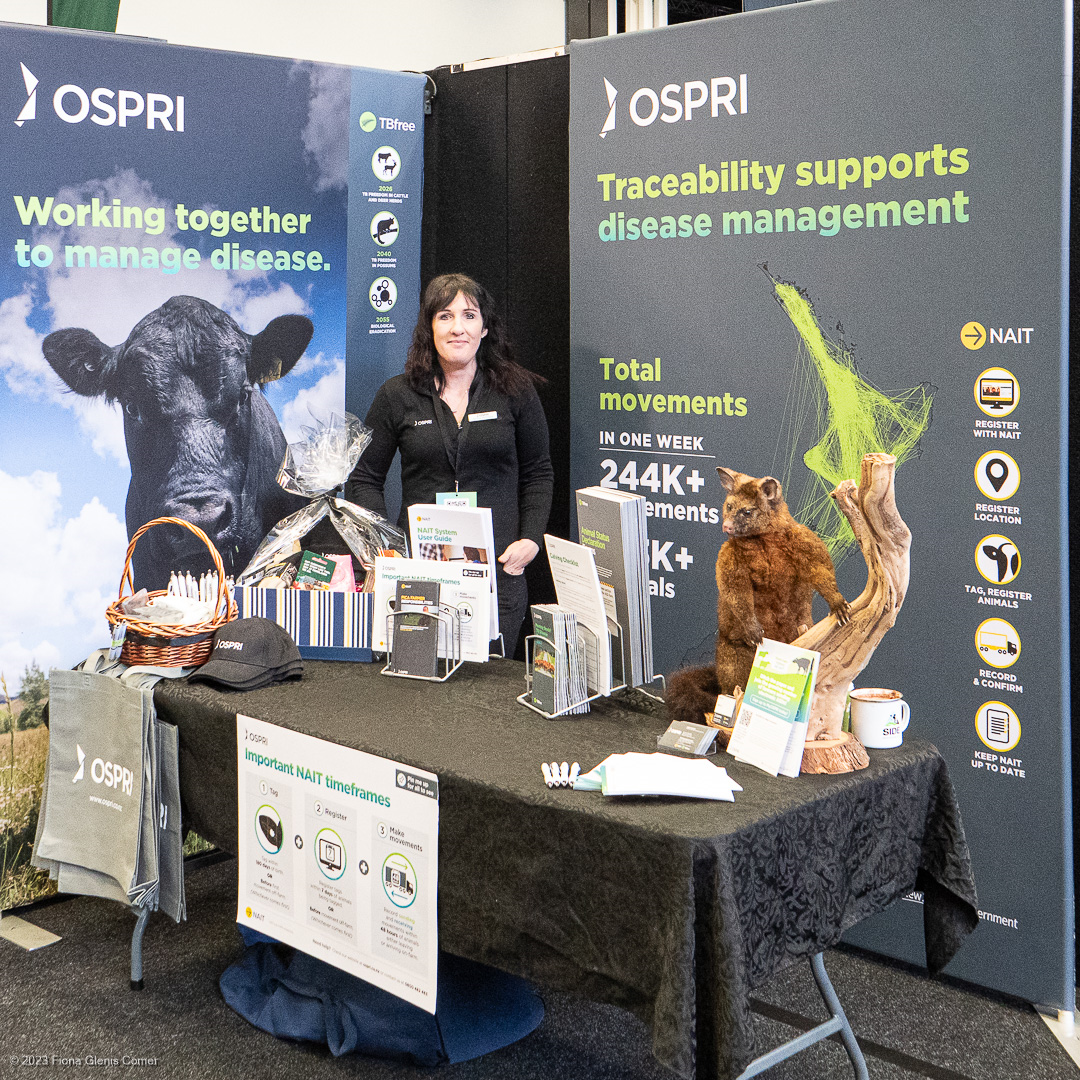National Animal Identification and Tracing (NAIT)

A key part of our response to biosecurity incursions for our pastural sector is the national traceability scheme NAIT operated by OSPRI. If you care for cattle or deer, you have biosecurity and disease management responsibilities. Nearly all farmed cattle and deer must be tagged and registered and any movement of animals on to or off your property must be recorded. More information can be found on the OSPRI Farmers and livestock owners website.
Reporting an Exotic Pest or Disease
Early detection of harmful new pests and diseases is a vital part of our biosecurity system. To report a suspected incurion, freephone the MPI hotline on 0800 80 99 66 or use the Online Notification form.
Avian Influenza
Avian influenza is a contagious viral disease that primarily affects domesticated and wild birds, but is known to be transmissible to mammals.
There are 2 categories of avian influenza virus:
- high pathogenicity avian influenza (HPAI), which can cause severe signs and high death rates in birds
- low pathogenicity avian influenza (LPAI), which typically causes few or no signs in birds but can possibly mutate to become HPAI.
New Zealand has never had HPAI. However, LPAI viruses exist in wild birds and have been detected in New Zealand. Biosecurity New Zealand has an active surveillance programme for LPAI and tests around 2,000 samples from wild birds each year.
Types of HPAI viruses, like the current H5N1 circulating globally, can cause high mortality in poultry (chickens and turkeys), waterfowl (ducks, geese, and swans), shorebirds (godwits, stilts, and plovers) and seabirds (gulls and terns). HPAI in poultry is also known as "fowl plague" and "bird flu".
Foot & Mouth
- Foot and mouth disease has been detected in popular Indonesian tourist destinations including Bali.
- Don’t allow overseas visitors who have been in contact with animals onto farms for a least a week after their arrival.
- Ensure stringent on-farm biosecurity protocols are in place and adhered to.
- Do not feed uncooked food waste to pigs.
- Become familiar with the symptoms of foot and mouth disease and do not hesitate to call a vet or 0800 80 99 66.
MPI Foot-and-mouth disease response plans
If New Zealand ever had an outbreak of foot-and-mouth disease (FMD), it would have a serious impact on our primary industries and economy. Find out about FMD and preparing for an outbreak. Foot and mouth disease | NZ Government
Velvetleaf

Velvetleaf (Abutilon theophrasti) is present on a number of properties throughout New Zealand.
It's a serious cropping weed that can affect many arable crops. Velvetleaf has been reported as causing up to 70% reduction in crop yields overseas.
Fall Armyworm

Fall armyworm is an insect that feeds on over 350 plant species, particularly sweetcorn and maize. Farmers and growers should look out for Fall armworm on their properties to assist with the long-term management of the pest.